- Messages
- 369
- Reaction score
- 60
I recently came across a vintage set that looks very cool. The cylinder appears to be steel from 1960 very well preserved. If I am reading the stamps right, the cylinder was manufactured January 1960 and is rated at 1800 psi working pressure. The valve appears to be manufactured May 1959 and it appears to have a 2500 psi burst disk. I wonder a couple things about this cylinder:
1. Am I reading the stamps correctly? I.e. is the cylinder 1800 psi working pressure? Seems a bit low by moderns standards.
2. Can this cylinder pass hydro with the ICC stamp on it alone (without a DOT stamp)?
3. How does the valve seal to the cylinder? There does not seem to be a groove for an o-ring, but there is some sort of white substance over the valve threads?
4. What is the proper way to remove the valve from the cylinder to take a look inside and then reinstall it? I tried to unscrew the valve, but it didn't budge. And I am a bit worried about getting it to seal again after.
5. Where can I find a schematic and some service notes for the valve (if at all such exit)? It appears to be standard post valve from the 60s, but I don't know much about these.
6. Would a current valve fit the cylinder threads? Would the O-ring need a groove to be machined?
7. What is the mechanism of the burst disk? Is it sealed with a lead capsule? Is it reliable and to what extend 50+ years later?
8. There is a second plug of sorts protruding perpendicular to the burst disk. What is its role?
9. What is the history of this cylinder/regulator set? Who was it marketed to at the time (does not seem to have much capacity for anything but shallow dives)?
Lots of questions, I know. I hope that some of you know something about this kind of cylinders/valves and what is possible in terms of DIY servicing today. Any information will be much appreciated. Let me know what you think about this find.
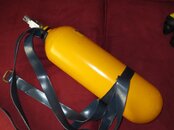
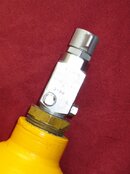
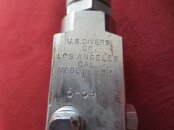
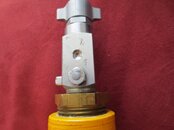
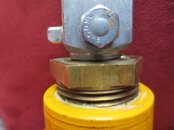

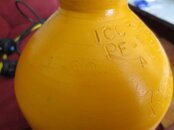
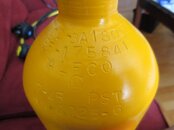
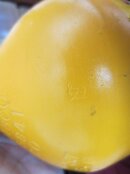
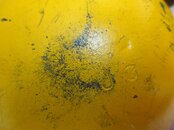
1. Am I reading the stamps correctly? I.e. is the cylinder 1800 psi working pressure? Seems a bit low by moderns standards.
2. Can this cylinder pass hydro with the ICC stamp on it alone (without a DOT stamp)?
3. How does the valve seal to the cylinder? There does not seem to be a groove for an o-ring, but there is some sort of white substance over the valve threads?
4. What is the proper way to remove the valve from the cylinder to take a look inside and then reinstall it? I tried to unscrew the valve, but it didn't budge. And I am a bit worried about getting it to seal again after.
5. Where can I find a schematic and some service notes for the valve (if at all such exit)? It appears to be standard post valve from the 60s, but I don't know much about these.
6. Would a current valve fit the cylinder threads? Would the O-ring need a groove to be machined?
7. What is the mechanism of the burst disk? Is it sealed with a lead capsule? Is it reliable and to what extend 50+ years later?
8. There is a second plug of sorts protruding perpendicular to the burst disk. What is its role?
9. What is the history of this cylinder/regulator set? Who was it marketed to at the time (does not seem to have much capacity for anything but shallow dives)?
Lots of questions, I know. I hope that some of you know something about this kind of cylinders/valves and what is possible in terms of DIY servicing today. Any information will be much appreciated. Let me know what you think about this find.










Last edited:




